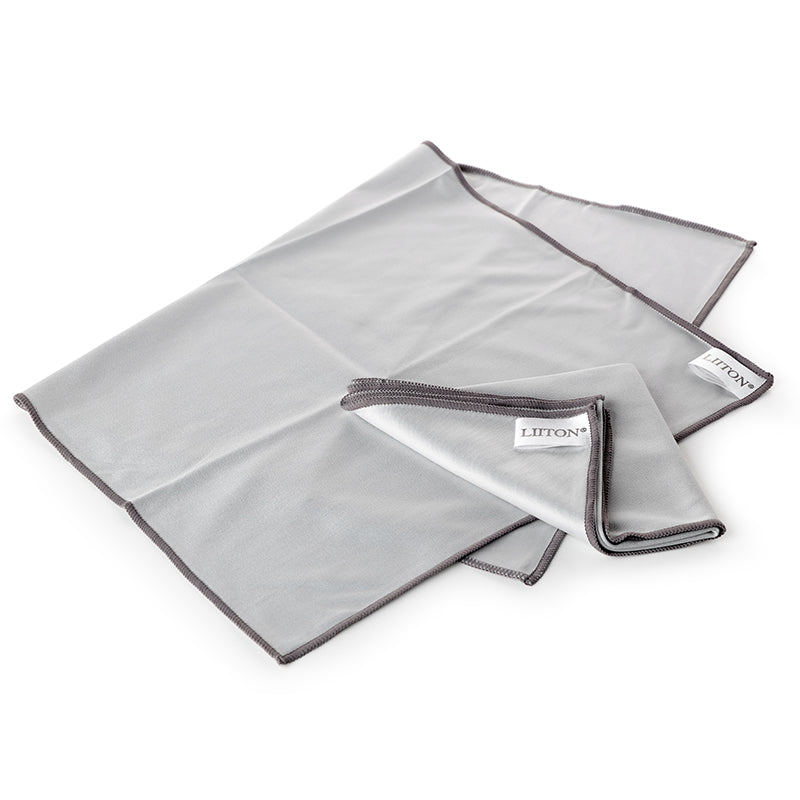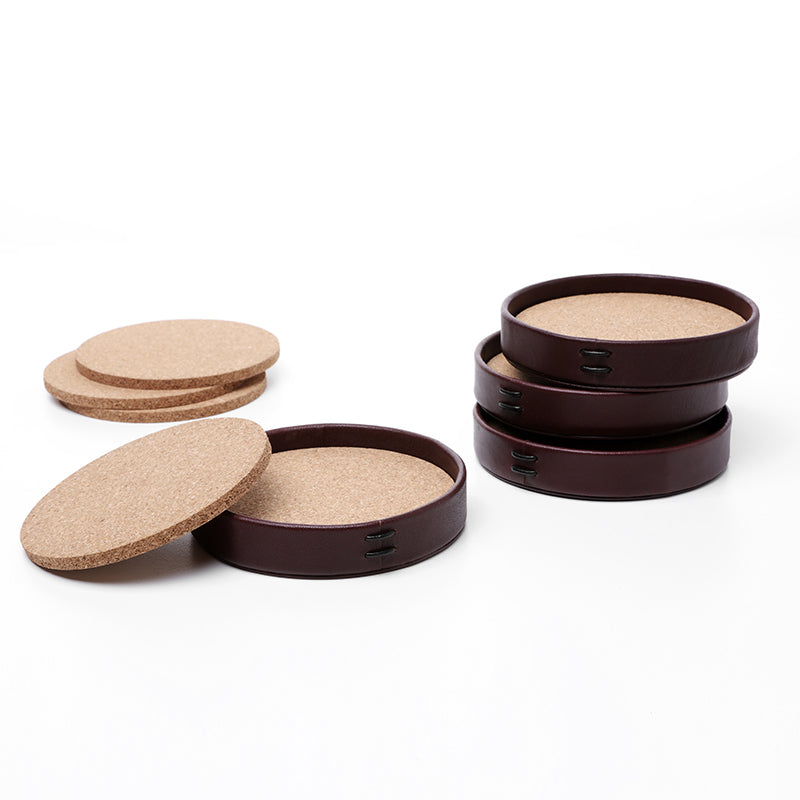Whiskey, with its diverse flavors and rich history, offers a fascinating journey for enthusiasts. Whether you're a novice or a seasoned whiskey lover, understanding the art of whiskey tasting can enhance your appreciation and enjoyment. Here are ten steps to guide you through the whiskey tasting experience:
-
Select the Whiskey: Choose a whiskey that intrigues you—be it a Scotch, Bourbon, Irish, or Rye. Consider the age, distillery, and style to match your preferences and curiosity. Start with a reputable brand or explore recommendations from experts.
-
Prepare Your Glassware: Select a whiskey glass appropriate for tasting. Tulip-shaped glasses like Glencairn or Copita glasses are popular choices, as they concentrate aromas. Clean and dry the glass to ensure no residue interferes with the tasting.
-
Observe the Color: Pour a small amount of whiskey into the glass and observe its color. Take note of the hue, intensity, and clarity. The color can reveal insights into the whiskey's age, cask type, and maturation process.
-
Evaluate the Nose: Gently swirl the whiskey in the glass to release its aromas. Bring the glass close to your nose and take slow, deliberate inhales. Identify the distinct scents, such as fruit, spices, oak, or caramel. Note the intensity and complexity of the aromas.
-
Consider the Initial Sip: Take a small sip of the whiskey, allowing it to coat your palate. Pay attention to the initial flavors that greet your taste buds. Notice the sweetness, bitterness, smokiness, or spiciness. Explore the balance and depth of flavors.
-
Assess the Palate: Let the whiskey rest on your palate, allowing it to unfold its layers of taste. Detect the different flavors that emerge as the whiskey interacts with your taste buds. Look for subtleties, such as notes of vanilla, chocolate, or dried fruits.
-
Notice the Mouthfeel: Pay attention to the whiskey's texture and body. Is it light and smooth, or rich and full-bodied? Observe the viscosity and the way it coats your mouth. A velvety or oily mouthfeel can enhance the overall experience.
-
Evaluate the Finish: The finish refers to the lingering flavors and sensations after swallowing the whiskey. Notice the length and complexity of the finish. Does it end abruptly, or does it linger with a warm, satisfying aftertaste? Assess the balance between sweetness, bitterness, and any other lingering notes.
-
Take Notes: Record your observations and impressions during the tasting. Document the aromas, flavors, mouthfeel, and finish. These notes will help you remember and compare different whiskeys over time, aiding your whiskey journey.
-
Experiment and Learn: Expand your whiskey knowledge and palate by tasting various brands, styles, and ages. Attend whiskey tastings, join online communities, and read books on the subject. Embrace the opportunity to learn from fellow enthusiasts and experts.
Remember, whiskey tasting is a subjective experience influenced by personal preferences and perceptions. Trust your own palate and enjoy the exploration. With each tasting, you'll refine your senses and develop a deeper appreciation for the complexities of whiskey.
In conclusion, the art of whiskey tasting is a delightful and enlightening journey. By following these ten steps, you can embark on an adventure of flavors, aromas, and sensations. Allow yourself to be immersed in the world of whiskey, and savor every sip along the way.



